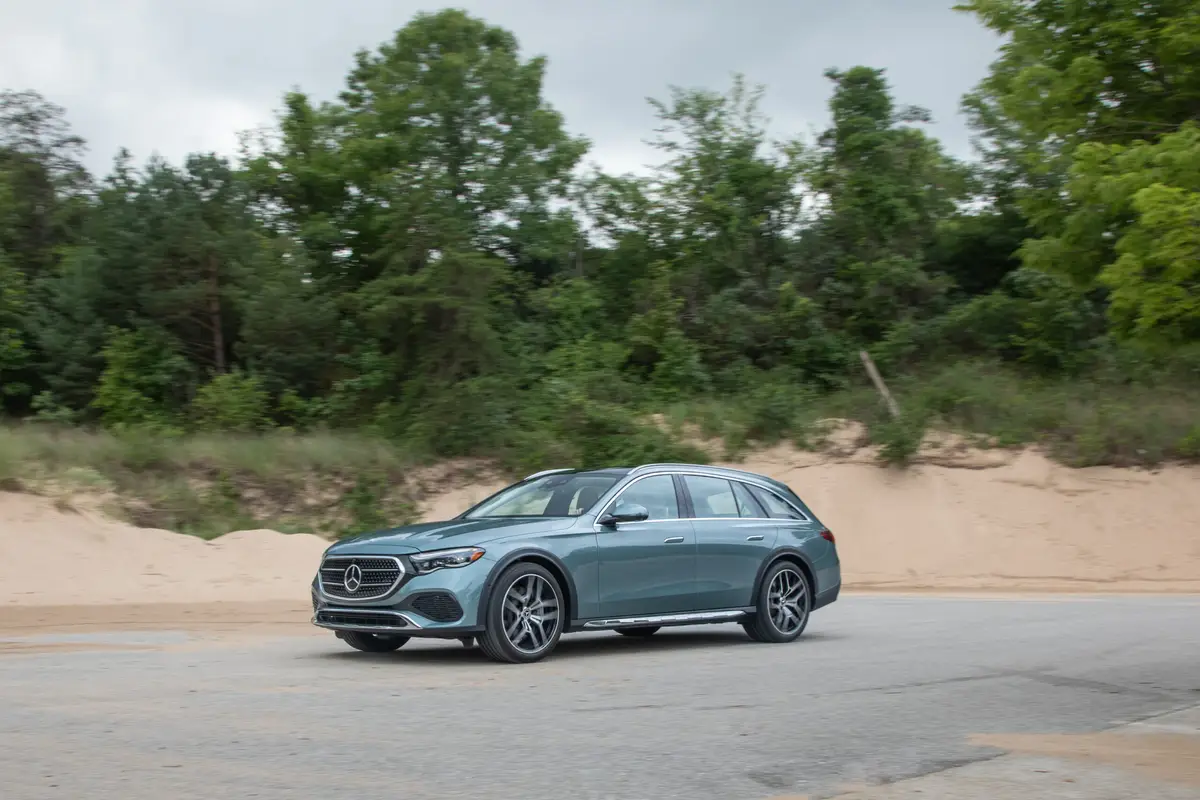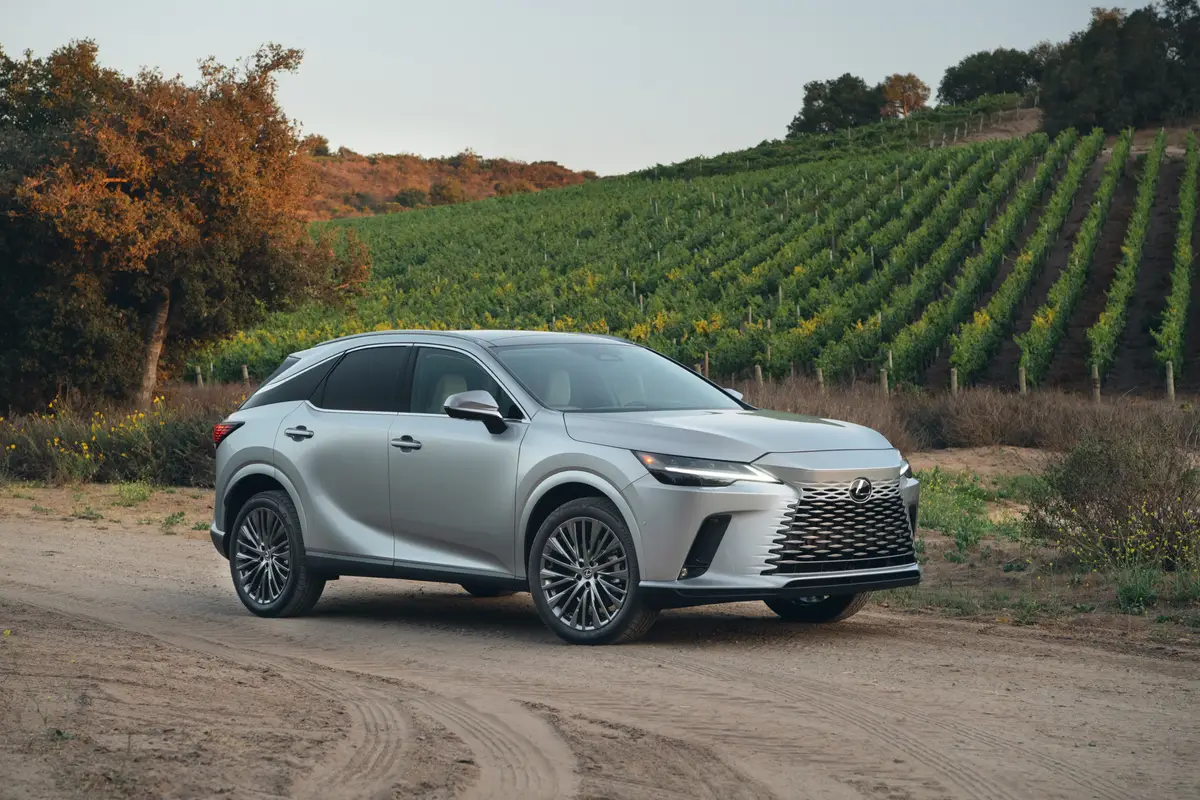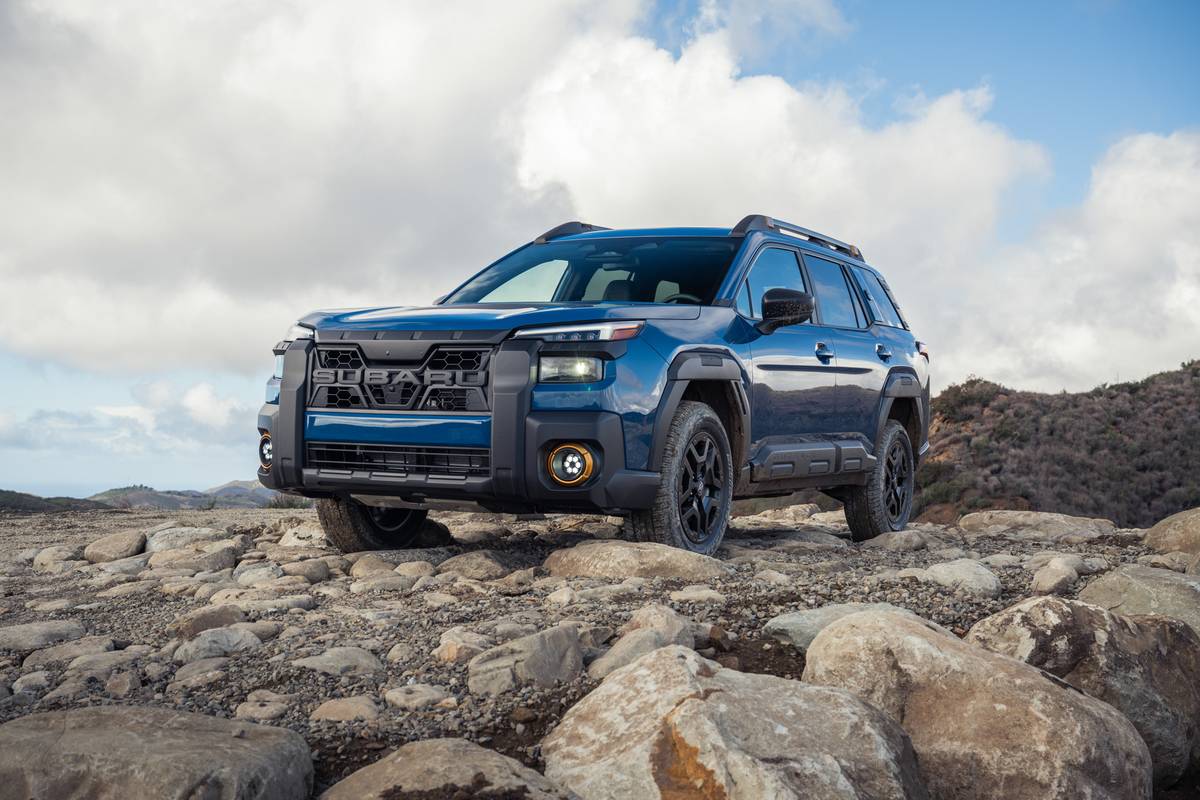chicagotribune.com's view
Seventh time a charm?
Nissan brings out its seventh-generation Maxima for 2009, a sedan that’s had to cope with an identity problem the last six gens as Nissan debated whether it should be the luxury flagship or the sporty companion to the midsize Altima sedan.
For Gen VII, Nissan has opted for the sporty designation, saying that Gen VI had become too entry-level luxury and not enough mass-market sports sedan. So now it has what Nissan calls a “breakthrough exterior design” that imparts a feeling of “liquid motion” and gives the sedan the look of an “exotic sports car.”
Translation: It has a sloping coupe-like roof.
Since most auto designers act as if bounced on their head at birth, “liquid” must refer to what the design staff got into before getting into the molding clay.
Maxima has modest look-at-me appeal.
Maxima is offered in base S ($29,290) and top-of-the-line SV ($31,990) versions. We tested the SV, which for the extra $2,700 adds leather seats with non-slip perforated bottoms and backs, a Bose sound system with nine speakers, pull-out driver’s seat thigh support, turn signals in the sideview mirror, and a Homelink garage door/front gate open system.
In addition to new styling, Maxima shortened the wheelbase by 3 inches and overall length by 4 while adding 1.5 inches in width and track to give it better road manners without sacrificing cabin room or comfort front or rear. Deep cavities in the back of the front seats ensure ample knee room for those in steerage.
Trunk space didn’t suffer, either, but while rear seat backs fold flat to expand cargo capacity into the cabin, the release straps are in the trunk. A release in the cabin would be welcome.
Nissan considered switching from front- to rear-wheel-drive to improve Maxima handling but decided a combination of stiffer chassis and body, shorter wheelbase and length and a continuously variable automatic transmission would help and minimize torque steer. That’s when front and rear want to go in different directions on a power takeoff in FWD.
Maxima’s strengths are performance, ride and handling; a sedan with the soul of a sports car, Nissan likes to say. Ride is smooth and handling precise. Stability control with traction control are standard to deliver sure-footed manners on roads wet, dry, straight or twisty. Four-wheel anti-lock brakes and side-curtain air bags complement the package.
For the enthusiast, a sports package offers specially tunes shocks and springs and a choice of 19-inch all-season or performance summer tires to replace the standard 18-inch all-seasons.
The 3.5-liter V-6 has been upgraded to 290 horsepower from 255 to go back to the sedan’s sports roots. Yet, the CVT with manual mode gets 19 m.p.g. city/26 m.p.g. highway, 1 m.p.g. more on the highway than Gen VI’s less potent V-6. You feel a good burst of energy moving away from the light. Not as much as a Dodge Charger, but more than an Altima. But no hybrid.
To call more attention to sportiness, cupholders were moved from the gearshift’s path to the right side of the console, the shift to the left where it’s close at hand.
A covered compartment at the rear of the console handles cell phone and/or iPod and comes with a power plug.
A compartment under the armrest holds a few other items, plus another power plug.
All controls are in easy sight and reach of the driver. A driver info center in the instrument panel shows average m.p.g. and m.p.h., outside temp and driving range.
Power moonroof is standard along with eight-way power driver/four-way power passenger seats, dual-zone climate control, cruise control, intelligent key with push-button ignition, power windows/locks and AM/FM/CD6/MP3 audio system with eight speakers.
Option packages include a $2,400 technology package with voice-activated navigation, real-time traffic and backup monitor; a $3,450 premium package with dual-panel moonroof with power sunshades, heated/cooled driver’s seat and rear-seat air conditioning; a $2,300 Sport package with sport-tuned suspension, 19-inch radials and spoiler; a $400 cold package with heated seats/mirrors/steering wheel. A Bluetooth phone is part of the technology or premium package but runs $300 on its own.
Thanks to gas prices, the freight charge rose by $35 a few weeks ago, to $695.
Maybe Nissan’s next vehicle should be a hybrid car hauler.
Read Jim Mateja Sunday in Rides. Contact him at rides@tribune.com.
Latest news



